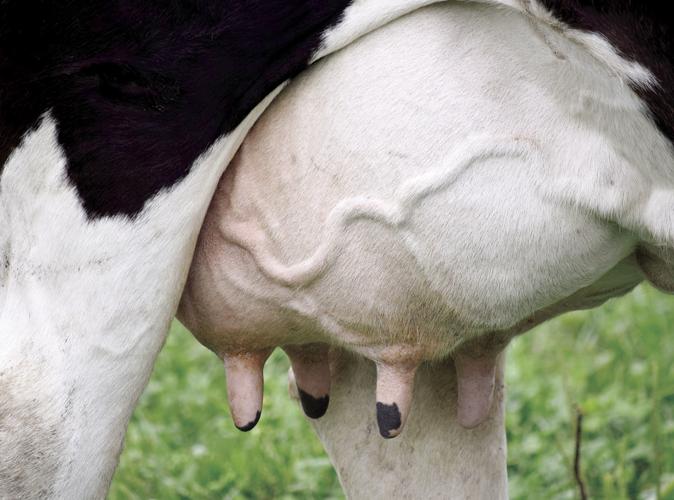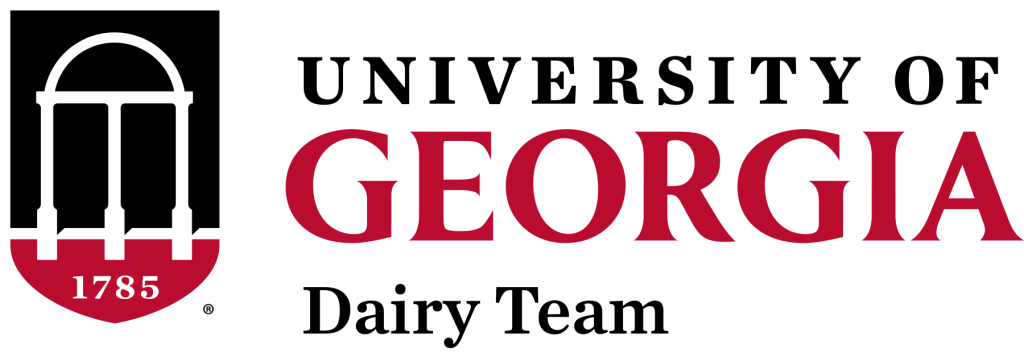
Summer conditions are associated with increased disease incidences of dairy cows. For instance, bulk milk somatic cell count and the incidences of clinical mastitis normally are greater during summer compared with other seasons. This is attributed to the greater growth and survival of pathogens in the hot and humid environment and the potential negative impact of heat stress on immune function. Under in vitro conditions, exposure to hyperthermia lowers the proliferative responses and production of inflammatory cytokines of the peripheral blood mononuclear cells collected from thermo-neutral cows and impairs the ability of neutrophils of cows to engulf and kill bacteria. In lactating cows, the migrating ability of neutrophils in response to chemoattractant is also compromised by heat stress. These may suggest a negative effect of heat stress on the immunity of cows. But if heat stress affects the severity of mastitis is not clear.
In a recent published study from the University of Georgia, we examined how heat stress affects the systemic and mammary inflammatory responses of lactating cows during a lipopolysaccharide (LPS) induced mastitis during a summer. In this study, cows were housed in the same barn but the evaporative cooling system including fans and misters over the freestall and feed bunk for half of the cows was turned off. As expected, turning off the cooling increased body temperature, reduced milk yield and intake of the cows. Thus, these non-cooled cows carried more heat load than the cooled cows. To examine the systemic and mammary inflammation, we took blood and milk samples from both cooled and non-cooled cows and measured TNF-ɑ, IL10 and haptoglobin concentrations in blood and milk. These are inflammatory markers with increased concentrations suggesting greater inflammatory responses. We also infused LPS into one quarter of each cow to mimic a gram-negative bacteria induced mastitis. Lipopolysaccharide is a component of the structural membrane of gram-negative bacteria and is an endotoxin responsible for disease pathogenesis caused by E. coli. We also collected blood and milk samples following LPS infusion to analyze inflammatory markers.
Prior to the intramammary LPS infusion, we did not observe any differences in blood or milk concentrations of inflammatory markers between cooled and non-cooled cows. These suggest that heat stress may not affect the systemic and mammary inflammation of lactating dairy cows in the absence of infection. Interestingly, after intramammary LPS infusion, the circulating concentrations of inflammatory markers were depressed but the milk concentrations of inflammatory markers were increased in non-cooled cows than cooled cows. These data suggest that cows carrying more heat load may have a stronger mammary inflammatory response to bacterial infection, but heat stress depresses systemic inflammation of cows during infection. The stronger mammary inflammation also resulted in a greater increase in SCC in milk.
Good mammary health is important for a sustainable dairy operation. The increased mastitis incidences and greater SCC in milk during summer threaten the economic return of dairy producers. Thus, understanding how heat stress causes infection and the responses of a heat-stressed cow to infection is critical. In this study, we demonstrated that heat stress augments mammary inflammatory responses to LPS induced mastitis, which increases the milk concentration of SCC. This may partly explain the greater milk SCC of lactating cows in summer and indicate heat stress also increases the severity of mammary infection. This study also, once again, proves the importance of good evaporative cooling for the health and productivity of lactating dairy cows.
